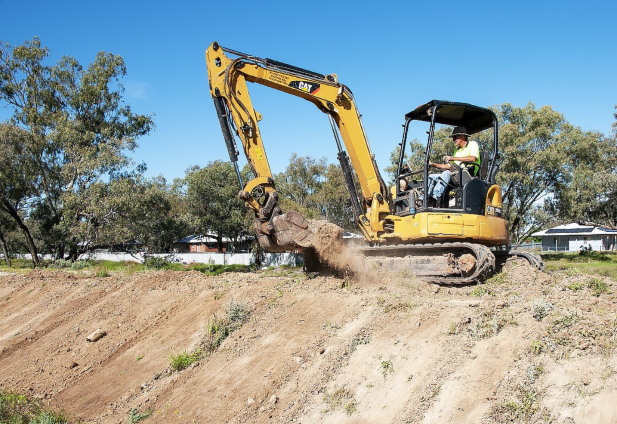Flood modelling ignores levees
Coonamble Times
25 February 2024, 8:20 PM
 Coonamble surrounded by floodwaters but staying mostly dry in January 2010 thanks to levee banks. PHOTO: ABC News
Coonamble surrounded by floodwaters but staying mostly dry in January 2010 thanks to levee banks. PHOTO: ABC NewsWhy is our home insurance so high?
Chances are, if you live in Bourke, Walgett, Nyngan or Coonamble, it’s the alleged flood risk that puts your premiums through the roof.
Yet another climate risk report released in recent weeks shows a number of western plains towns in the Top 20 Suburbs affected by flooding - despite having substantial levee banks around their perimeter that have not been breached in the decades since they were first constructed.
But investigations by the Western Plains App have revealed that the data provided by major risk modelling companies does not take into account any flood protection infrastructure, such as levee banks.
While Coonamble sits at number 16, Bourke (10), Nyngan (7) and Walgett (4) are ranked at higher risk among the likes of Forbes (3) where sections of the town have been flooded in recent years.
The township of Condobolin sits at 12th place in the 'suburbs most affected by flood'.
The latest data comes from Groundsure ClimateIndex™ reports and is designed to alert property owners, buyers and sellers to potential risks from current and future climate patterns.
Groundsure CEO Dan Montagnani said sophisticated data and modelling is used to assess a property’s flood risk now and in 30 years’ time.
“The data and models use high-resolution topographical data, detailed land cover information, and advanced weather models to accurately simulate flood depths and extents,” Mr Montagnani said.
“This comprehensive evaluation ... encompasses various scenarios, including surface water, river, and tidal flooding, and integrates state-of-the-art climate models to provide flood risk assessments in the context of climate change.”

The levee around the Alice Edwards Village at Bourke receives a touch-up during the 2022 floods.
The reports are a new tool, available to prospective buyers in New South Wales, and provide not only flooding risk but also bushfires and coastal erosion for individual residences, instead of broad regional ratings.
InfoTrack Global Head of Property John Ahern says this makes it possible for potential purchasers to gain information that they may need to take into account.
"We hope that people will consider risks like flooding and fires in the same way that they may use a pest report or building inspection," Mr Ahern said.
"For those unfamiliar with an area, they should really consider the climate impact report."
"We want to inform them so they can make better decisions about the capital they invest," he said.
Mr Ahern acknowledges that the recorded flood risk could impact the cost of insurance, or even the capacity to borrow finance for a property purchase.
"I don't think these reports will sway someone away from moving into these areas," he said. "If someone calls we always recommend lawyers or conveyancers from the local area because they know the right way to interpret the data."
Murky answers to flood cover questions
However, it is the reliance of insurance companies on risk ratings provided by data modelling firms that is the key point for home owners who find flood cover unaffordable.
Our research indicates that the two largest providers who are the primary suppliers of risk modelling for insurance companies are among those who do not take into account “local factors of flood protection.”
While we have not been able to contact the modelling companies directly, the Australian Insurance Council who are the representative body for the general insurance industry, say that their members have little control over the accuracy of the data they receive.
"Insurers employ the most up-to-date, comprehensive flood risk data available to ensure that the premiums they calculate reflect the nature of the risks they cover, however in some cases the flood mapping and data available is outdated or inadequate," a spokesperson from the Insurance Council of Australia told the Western Plains App.
"If there is not enough detail in flood maps insurers may find it more difficult to assess the risk, which can result in fewer insurers willing to write business leading to higher premiums.
"The Insurance Council is an advocacy body without authority to require flood mapping or an authoritative source of property characteristics such as building floor heights."
"The ICA has long been calling for measures such as enhancing flood mapping to improve insurance outcomes for communities, like [those mentioned], at risk of flood," the spokesperson said.
"Improved data can enable better assessment of flood risk to support investment in infrastructure such as levees and improve the affordability and access to insurance."
The Australian Insurance Council also says that they are pursuing various avenues to address insurance affordability “in the face of worsening extreme weather”.
Curiously, this includes encouragement for local authorities to put flood mitigation measures in place - such as town levees.
They cite a case study which showed that “following the construction of a flood levee in Roma, Queensland, premiums dropped by an average of 34 per cent.”



